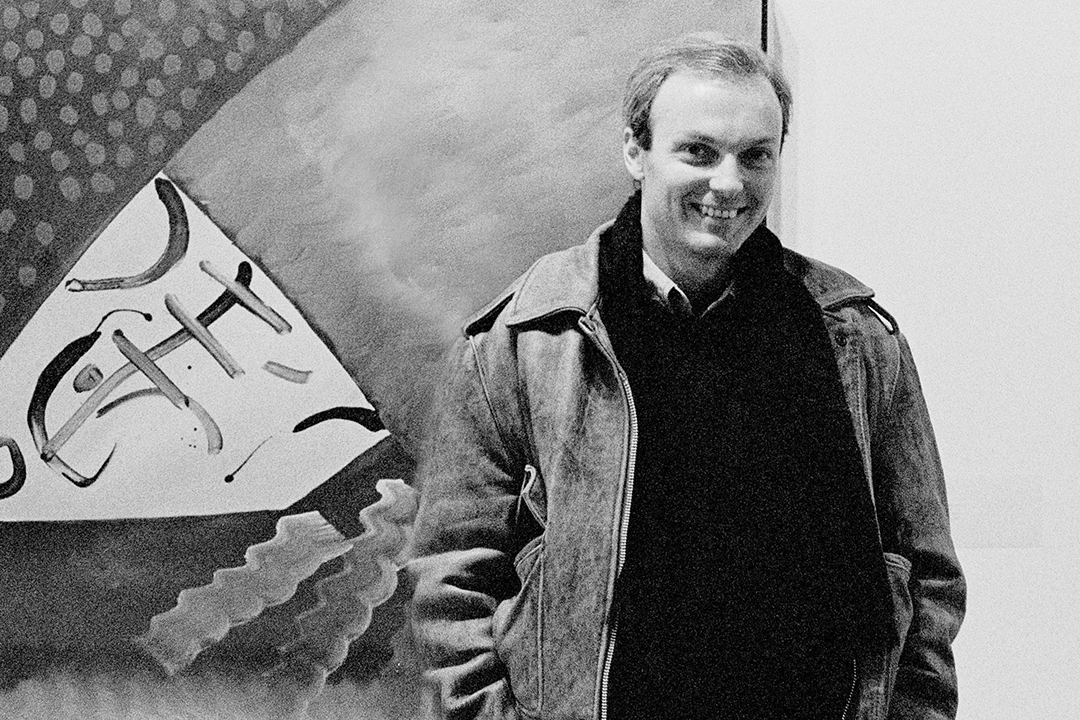Traditionally, revelers witness the coming of a new calendar year, hoping for it to bestow new opportunities and fortune. Just months ago, however, as clocks struck midnight, public sentiments loomed differently; accompanying the clean slate of a new year was the reminder to reflect.
Many would observe a year since the commencement of the COVID-19 pandemic.
I would be celebrating my 20th birthday.
Karyn Sandlos would grieve the 20-year commemoration of her uncle’s death — the day when former U of T fine arts professor, David Buller, was found dead in his office at U of T’s 1 Spadina Crescent.
The night before, Buller had missed an evening lecture; concerned, his students knocked on his door, unaware that his body, stabbed seven times, lay on the other side. This horrific event occurred on January 18, 2001; Buller’s killer remains unknown to this day.
When I told Sandlos my age, she said, “That is so awesome that you realize you weren’t even born when this happened. That is so powerful to me because it means David isn’t being forgotten. The next generation at University of Toronto is going to have [the] chance to know about this, and that’s so important.”
Sandlos, a U of T graduate herself, informed me that sharing her uncle’s legacy is what inspired her to reach out to The Varsity. Over a Zoom call, Sandlos explained that, following the recent release of an Unsolved Mysteries episode about her uncle’s murder, Sandlos had wanted to “call on [her] network” in the Toronto art scene.
“This case affected so many people: David’s friends, the university — I still hear from his former students,” Sandlos shared. “Many people would like to know the answer to what happened to David Buller, and we’re just going to keep working on this until we get that answered.”
Reflecting on January 18, 2001
Sandlos’ current search for answers is one that echoes the original plea for help she made on behalf of her family following Buller’s death.
“As soon as we realized that the police didn’t have DNA evidence in this case, we were going to need to rely on someone coming forward,” she recalled. “Either somebody who knew something or the person who actually murdered David. I really felt like a public appeal from the family [would] have more impact, say, than the police making a public appeal.”
Although Sandlos has been a relentless advocate for her uncle’s murderer to come forward, she described her initial reaction to his death as numbness. She recalls sharing a cab ride with her roommate immediately after the murder, during which she’d passed Buller’s office.
“I started hearing about the case on the radio. And I said to the cab driver, ‘Have you heard yet whether they caught somebody? Do they know who murdered the professor?’ — almost like it was happening to somebody else, not me. And he said, ‘No, no, no, they haven’t caught anyone yet.’ That was the conversation as we passed what was essentially the crime scene.”
Buller’s teachings
“History counsels patience: / tyrants come, like plagues, but none / can rule the roost for ever.”
These lines are from W. H. Auden’s poem “Loneliness,” a work that Sandlos claimed inspired Buller’s final painting. She explained that her uncle embedded some of Auden’s words in his piece, which he titled “History Counsels Patience.”
“I go back to those lines; I have them on a card above my desk. I look at them every day, multiple times a day,” Sandlos reflected. “It almost feels like a communication from David. How is it that in his final painting, he had something he wanted to communicate to the world about patience and about time?”
When asked if her uncle often explained his paintings to her, Sandlos said that Buller did not often give lectures. Rather, he was “always interested” in the lives of his nieces and nephew. Buller’s curiosity is a characteristic Sandlos vividly remembered from having once watched a recording of one of his lectures.
“He was always researching and visiting art exhibitions so that he could be current in what he was teaching,” Sandlos mentioned.
“He was somebody who particularly [LGBTQ+] students gravitated toward because he was openly gay, and he was someone who would support research in queer histories that a lot of students would be interested in, but they wouldn’t necessarily undertake that research without support from a faculty member.”
Sandlos, now an associate professor of art and education at the University of Illinois at Chicago, claimed that her uncle’s attentive approach to teaching has impacted how she interacts with her students.
“We always think of teaching as being about giving information, knowledge… What’s equally as important — maybe more important — in teaching is listening: being curious about somebody else, helping somebody formulate what they’re about, as an artist and a person.”
Buller’s influence as an uncle
Though she was unable to discuss art with her uncle before his death, Sandlos remembered regularly being inspired by Buller’s talent.
“David’s mother had two ginormous abstract canvases of David’s up in her dining room, and they were facing each other on opposite walls, so they kind of framed the room,” Sandlos described.
“I just thought they were so different from anything else I’d seen anywhere else; they were full of colour and movement and emotion,” Sandlos remembered.
“Eventually, I made the connection like, ‘Oh, my funny uncle makes this really interesting abstract art that is saying things about the world and about him… but not in a literal way, not in a representational way.’ ”
Most importantly, Sandlos attributed Buller’s art to “shaping [her] worldview” by teaching her that art consists of indirect expression.
“We can communicate through abstraction — sometimes more powerfully than through language or through more direct means.”
Editor’s note (March 29): This article has been updated to correct Sandlos’ position.


